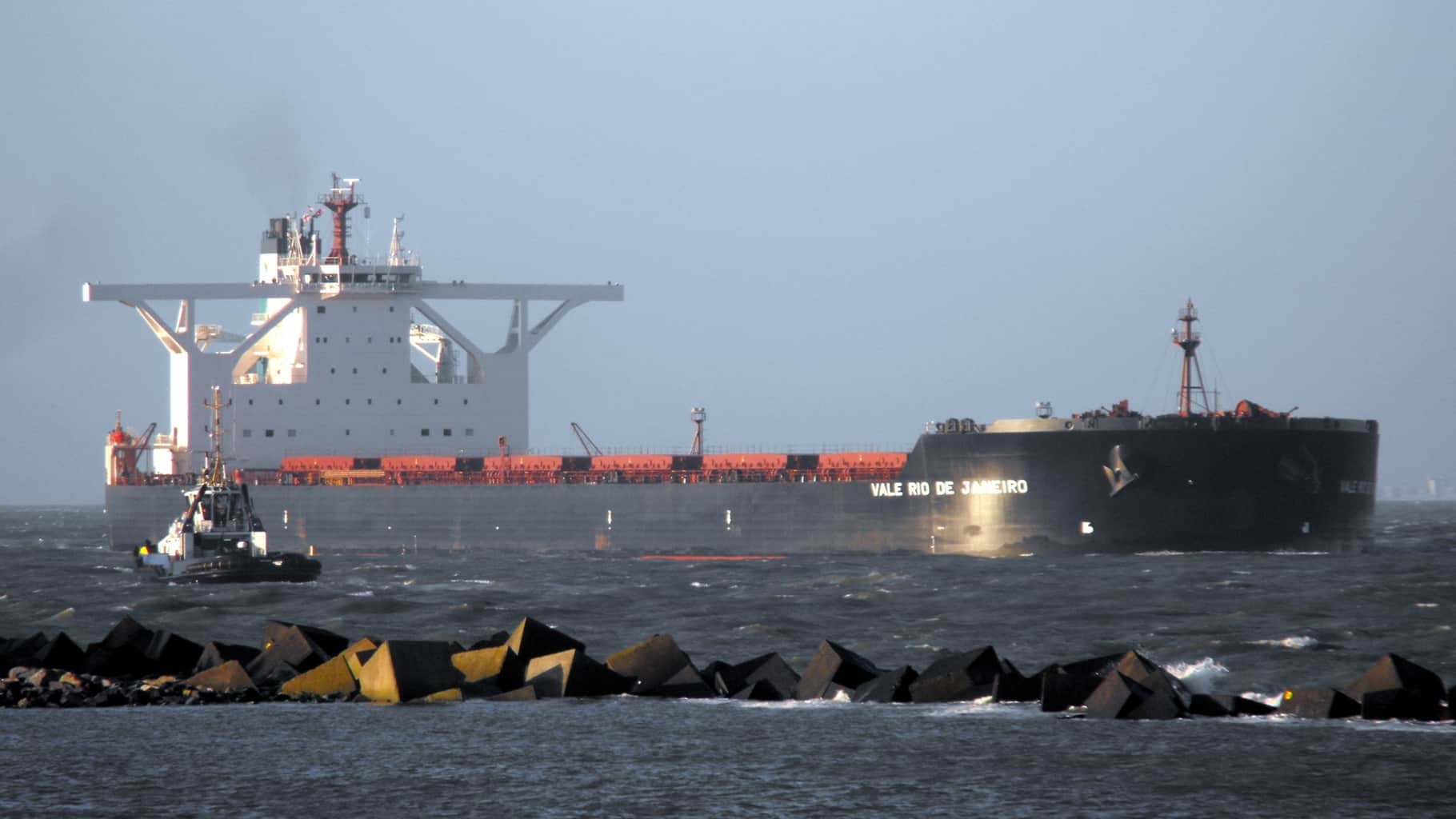Golden Ocean (NASDAQ: GOGL), one of the largest U.S.-listed owners of dry bulk ships, swung to a loss in the first three months of 2019 due to disruptions in Brazilian iron-ore exports, but it sees signs that the situation in Brazil is improving.
The company, whose largest shareholder is Norwegian shipping magnate John Fredriksen, reported a net loss of $7.5 million for the first quarter of 2019, compared to net income of $16.7 million in the same period last year.
Golden Ocean operates 77 bulkers totaling 10.7 million deadweight tons (DWT); of those, 66 are owned, including 38 Capesize vessels (a bulker class that has a carrying capacity of 100,000 DWT or more). In the most recent quarter, Golden Ocean’s ships earned an average of $13,131 per day, down from $15,593 per day in the first quarter of 2018.
According to chief executive officer Birgitte Ringstad Vartdal, “Golden Ocean’s first-quarter results reflect a weaker market environment brought about by disruptions in the iron-ore trade.”
She explained on the conference call with analysts, “Going into 2019, there was strong conviction in the market. Additional tons of iron ore were to come from Brazil and that’s why I [previously] guided on a production increase of between 25 million and 30 million tons from the year before.”
Vartdal added, “But due to the tragic accident in Brazil at the end of January, this situation changed completely,” referring to the collapse of the tailings dam that killed hundreds and closed Vale’s Brucutu mine.
She also pointed out that it was not just the mining accident that stymied outbound Brazilian cargoes. “Heavy rain also caused a drop in production in the northern system [of mining company Vale],” she said.
Brazilian exports of iron ore are particularly important to Capesize rates because these volumes are transported aboard larger vessel classes and travel three times the distance to buyers in China as Australian iron ore does, meaning that Brazilian exports use three times as many ships. Anything that curbs Brazilian flows leaves Capesizes unemployed and bidding down spot rates.
Vartdal continued, “In February, Vale was still exporting volumes from the port stockpiles, and volume dropped back in March and into April. Currently, we see low volumes for spot fixtures out of Brazil. However, the volumes have been picking up,” she reported.
“In the first half of May, they have exported almost the same volume as in the full month of April. And the queue of ships that has been waiting outside Brazil is dropping. It was down from around 70 vessels last week to 50 this week.”
Asked by an analyst whether she thought the dry bulk industry had passed the worst of the fallout from Brazil and was nearing an inflection point, she replied, “Of course, it’s very volatile in terms of when the various mines will come back on stream. We hope Brucutu will be the first one.”
She then said, “But also, part of the lack of volumes from Brazil was not related to the accident. The more weather-related issues have now normalized. We believe that with what we have seen with the vessels loading and leaving Brazil – the vessels that had been waiting for cargo – that at least gives us an indication of a positive trend.”








